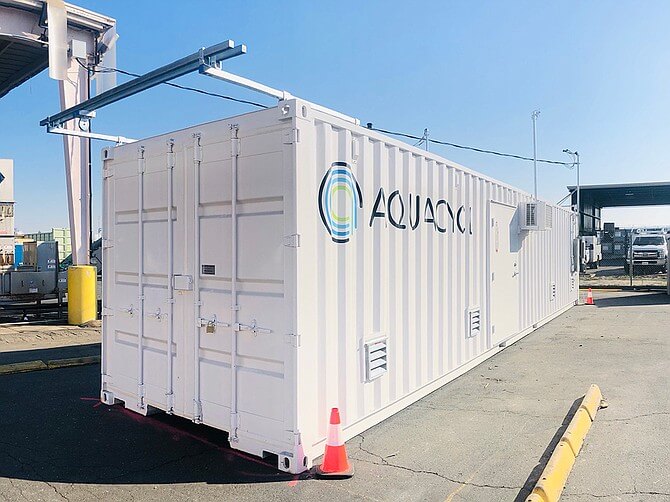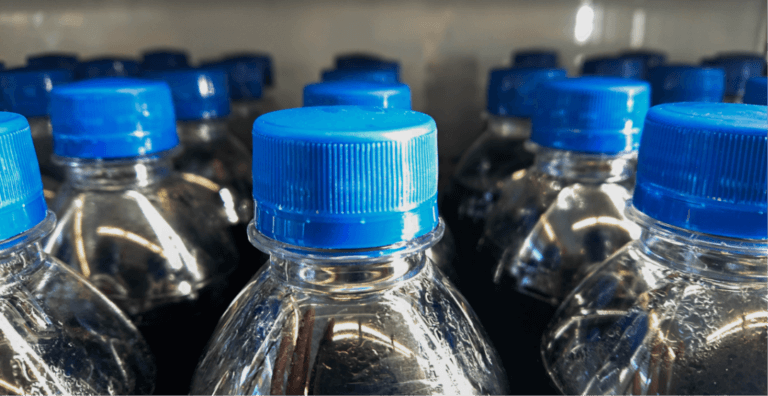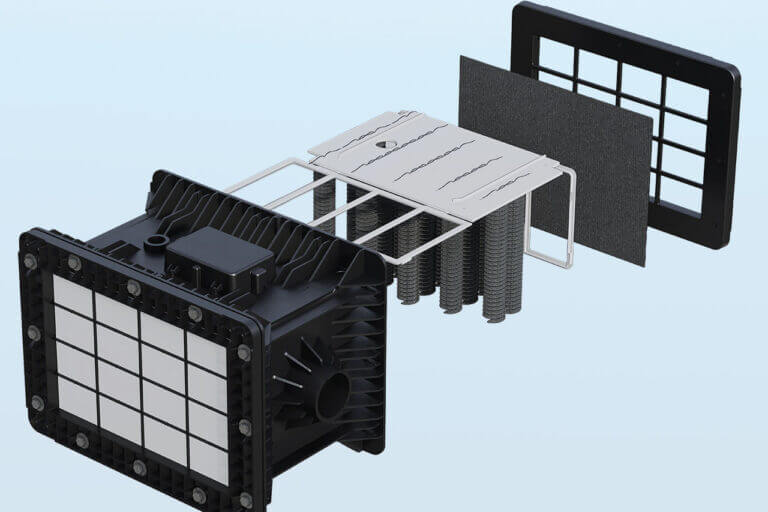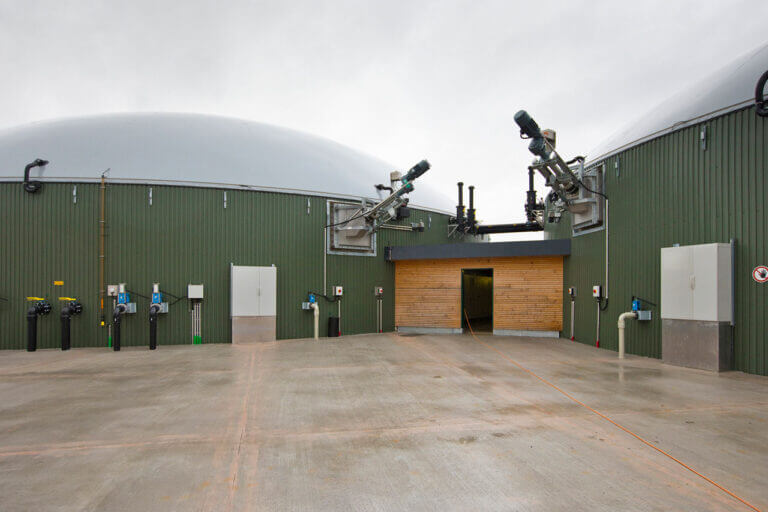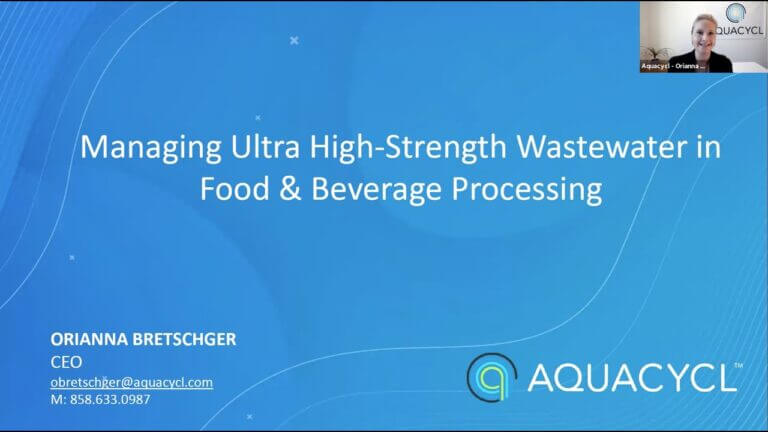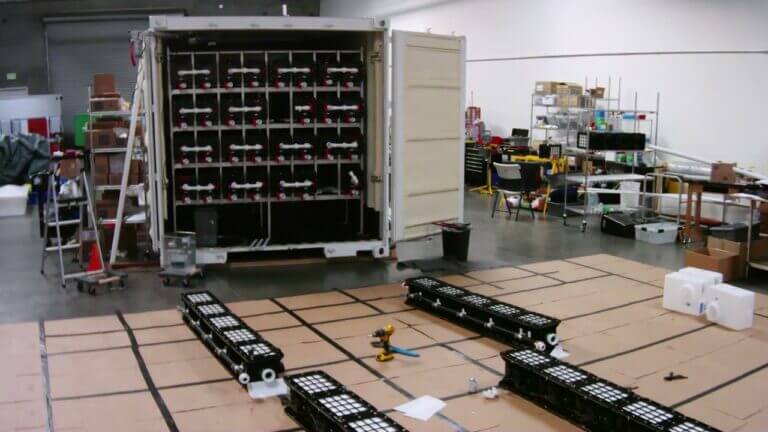Industrial wastewater treatment is a vast world with endless pockets of knowledge, it’s hard to know where to start. That’s why I created this guide that gives you a great high-level overview that will build up your knowledge and empower you to make informed decisions on wastewater.
Whether you’re looking to set up onsite wastewater treatment, find ways to reduce operational costs, or are just curious about industrial wastewater treatment, this is your guide.
Municipal vs Industrial Treatment
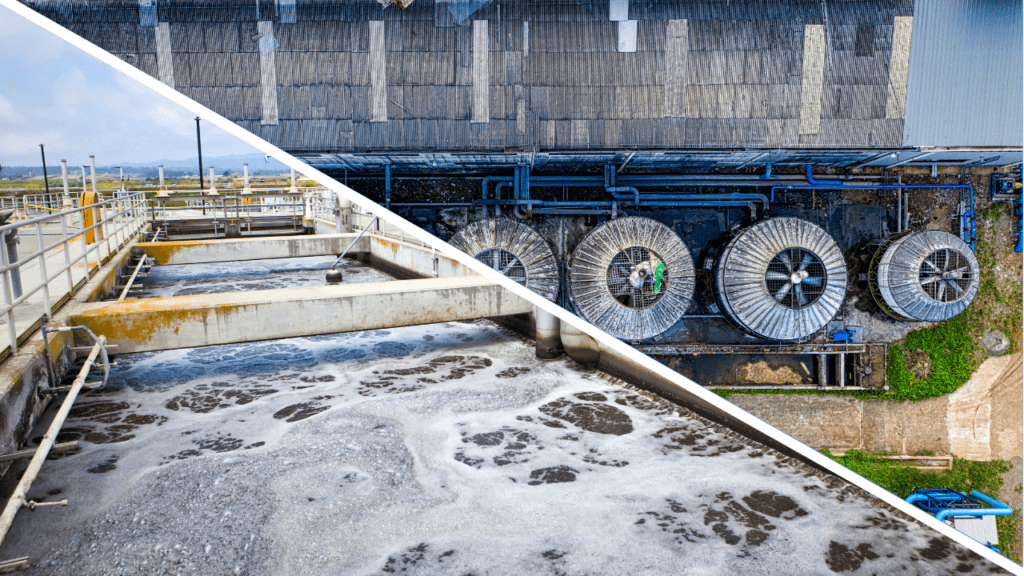
Let’s first differentiate between municipal and industrial wastewater treatment, they are in fact very different. These two sectors make up the bulk of global wastewater treatment, each with their own suite of unique challenges that require specific treatment methods to overcome.
When you think of wastewater treatment, you probably think of sewage, the water flowing down your drains when you shower or flush the toilet. This falls under municipal wastewater treatment – any effluent generated from domestic households and businesses. Typically, this wastewater has fewer toxic compounds but comes with inherent challenges such as population growth and stormwater fluctuations.
Industrial wastewater is much more interesting, in my opinion. This wastewater comes from manufacturing or production facilities and is much more variable in composition and contain higher levels of pollutants. Industrial flows are unique to the processes creating them, and therefore come with unique sets of challenges.
Let’s dive in to how we can treat this wastewater.
Primary Wastewater Treatment
Wastewater treatment is too complex to be completed in just a single step, therefore we categorize treatment into three categories: primary, secondary and tertiary. Each step focuses on treating different contaminants and depending on the wastewater composition, you may require all three steps, or just one.
Primary treatment is the first step for ensuring wastewater meets discharge standards. It uses a combination of chemical and physical processes to remove suspended and floating particles from the wastewater. Think of a mesh screen separating debris from water, this is almost always required prior to the waste stream entering secondary treatment.
Secondary Wastewater Treatment
The next step, secondary wastewater treatment, focuses on the removal of dissolved and suspended organic materials in the waste stream. This is vital for the safe discharge of wastewater or its reuse in other human activity as this organic material can have detrimental environmental and health effects.
Secondary treatment generally, relies on biological processes to treat the wastewater – utilizing microorganisms that can break down the organic material. These processes typically revolve around two treatment methods, aerobic and anaerobic treatment, each with their own subsets of unique treatment technologies.
Aerobic vs Anaerobic Treatment
The two primary biological treatment methods, aerobic and anaerobic biological treatments, each have their benefits and downsides you must consider when planning and implementing onsite industrial wastewater treatment systems.
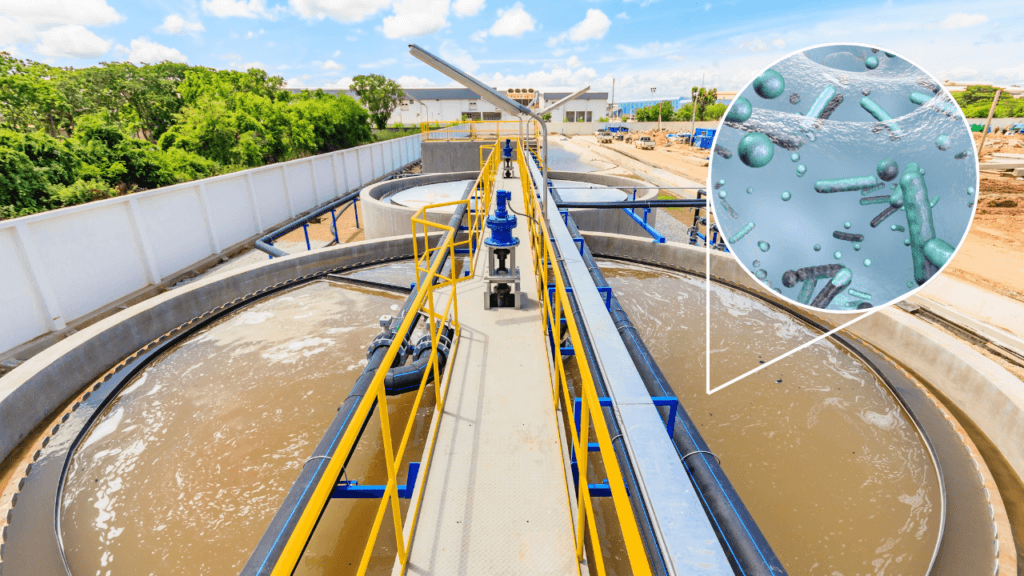
Aerobic treatment uses aerobic microbes that require oxygen to break down organic materials. Aerobic treatment accounts for the majority (80%) of global wastewater treatment plants yet typically is the lesser used method for industrial wastewater treatment.
This is because, although more cost-effective, it’s only suitable to handle low- to mid-strength BOD wastewater and requires a large footprint. It also has high energy requirements to oxygenate the water.
Anaerobic treatment uses anaerobic microbes that break down organic materials in the absence of oxygen. This method can handle high levels of BOD and is typically energy-positive due to biogas (methane) production during treatment. You’d typically burn this biogas for reuse for energy generation. Yet the costs of installing and maintaining this treatment are significantly higher.
The most common pollutant being removed by biological treatment is BOD, and the concentration or strength of BOD in your wastewater typically determines whether aerobic or anaerobic processes are the best solution for treatment.
Innovative Technologies
Now that you’ve learned a bit about industrial wastewater treatment, I wanted to introduce some technologies that can help you level up your treatment.

As water scarcity and climate change are becoming more prevalent, industrial companies must rethink the way they approach wastewater and move outside the traditional primary and secondary systems. Here are 13 new technologies that are changing the wastewater treatment landscape.
I hope you enjoyed this guide and feel equipped to make more informed decisions on your wastewater treatment – or at least learned something new today! Check out our other resources for a deeper dive into the topic.




